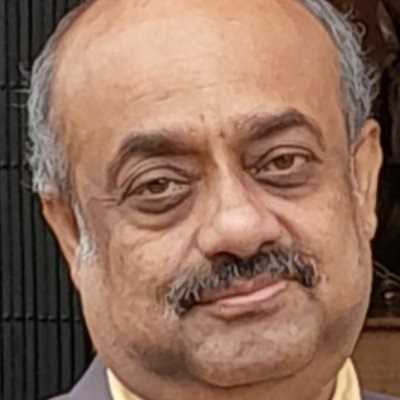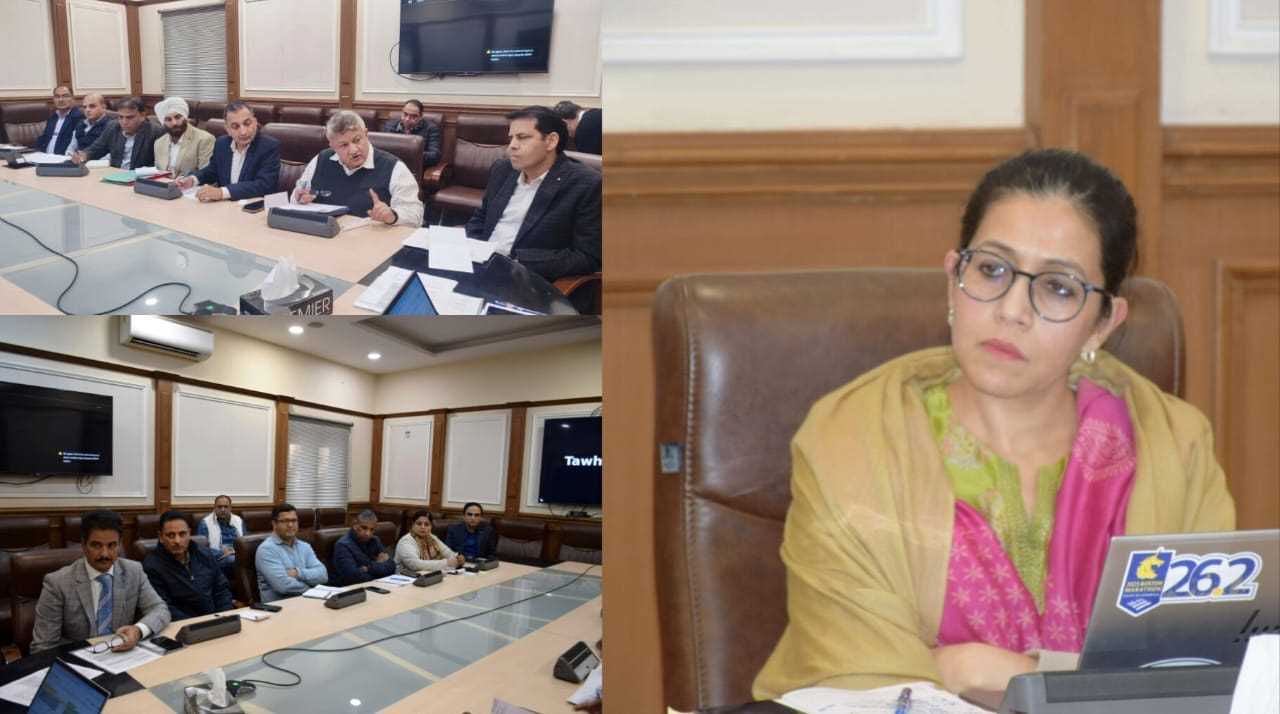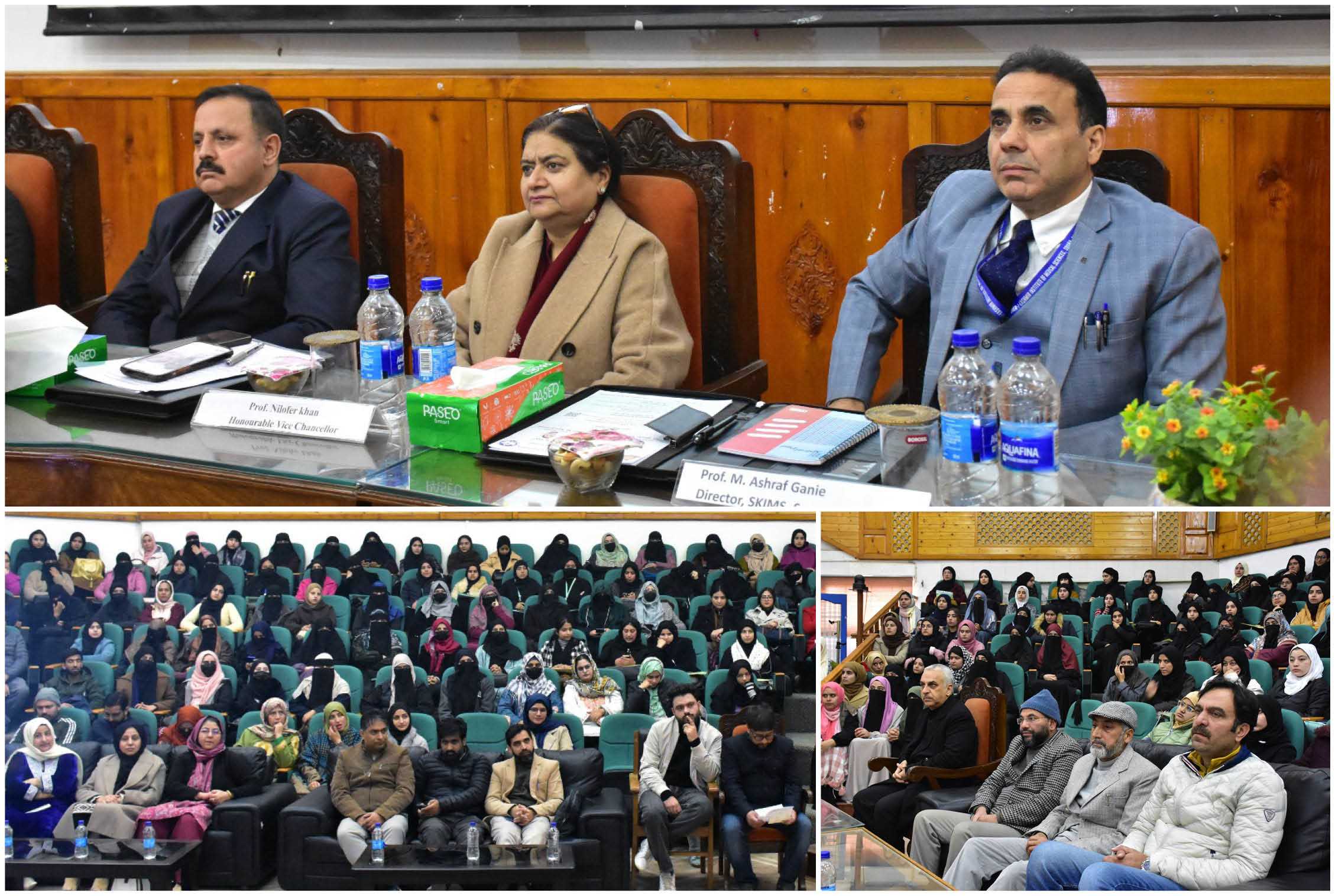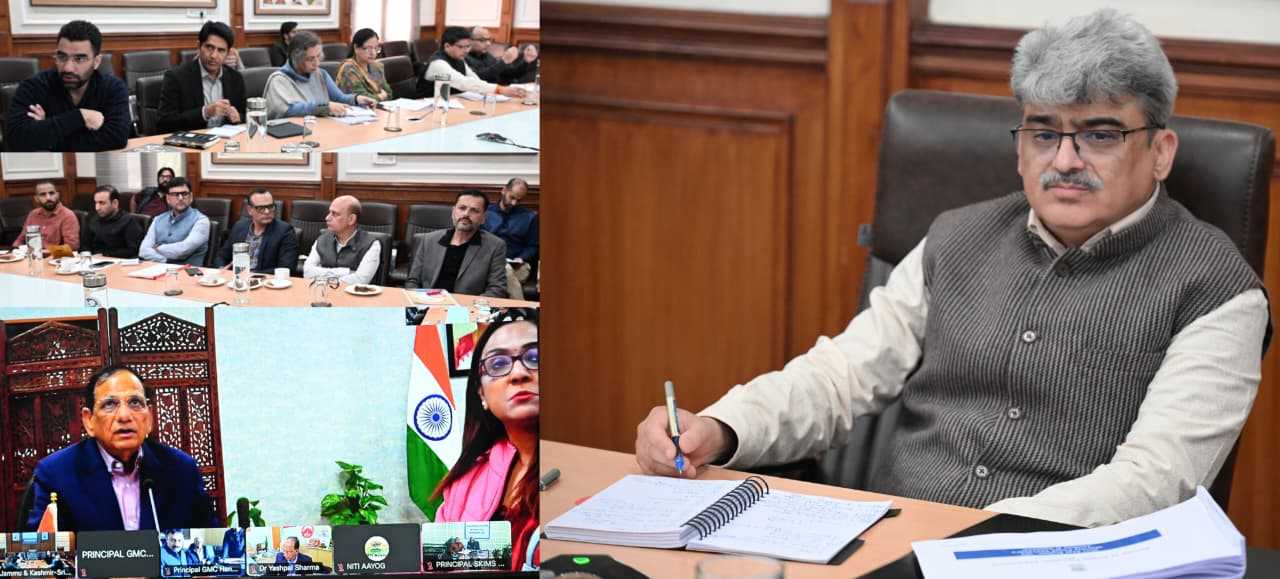Some years back London-based author, Irfan Hussain wrote for Pakistani newspaper, ‘The Daily Times’ --
"Seen through Hindu eyes, the Muslim invasion of their homeland was an unmitigated disaster. Their temples were razed, their idols smashed, their women raped, their men killed or taken slaves. When Mahmud of Ghazni entered Somnath on one of his annual raids, he slaughtered all 50,000 inhabitants. Aibak killed and enslaved hundreds of thousands. The list of horrors is long and painful."
On Nov 25, 2025 -- PM Narendra Modi said : "... the ceremony at Ayodhya was the fulfillment of a 500 year old resolve and asserted that henceforth the sacred temple city will emerge as a rising centre where spirituality and modernity would converge".
A five-judge Constitution bench headed by Chief Justice Ranjan Gogoi, who retired on November 17, 2019; - had said that the Hindu litigants were able to establish their case that they were in possession of the outer courtyard. It added that the Muslim side was unable to prove their exclusive possession of the inner courtyard.
However, the court ordered that a separate piece of land be given to Muslims in Dhannipur village on the outskirts of Ayodhya for construction a mosque that may serve as a replacement for the Babri Masjid.
Politically, one can say the Ram temple movement has over the years since 1989090 paid rich dividends to the BJP’s fortunes.
Founded in 1980 under joint leadership of Atal Bihari Vajpayee and L K Advani; the saffron party won just two seats out of 543 in the lower house of parliament in 1984.
A little more than a decade later, in the first national elections after the Babri Masjid’s demolition, it surged to become India’s single-largest party, winning 161 seats.
Its first stint in office in 1996 lasted just 13 days. It was politically underlined that — because of its association with the mosque demolition in 1992; most other parties were unwilling to form alliances that the BJP needed to get to the majority mark of 272 seats in parliament.
Only Akali Dal, Shiv Sena and Samata Party of George Fernandes and Nitish Kumar had stood by the BJP. But as its brand of Hindu nationalism slowly gained acceptability, it came to power again in 1998. The Govt fell after 13 months but Kargil conflict gave a renewed mandate to the BJP in Oct 1999 and the Vajpayee government survived with new and old allies until 2004.
After a decade out of power, in 2014 the Lotus outfit stormed back into office under Narendra Modi -- who was never shy of Hindutva and his brand of neo masculine nationalism.
In 2002, we all know Godhra and subsequently the anti-Muslim may happened. In March that year, noted writer Salman Rushdie wrote --
"The murderous attack on the trainload of VHP activists at Godhra (with its awful, atavistic echoes of the killings of Hindus and Muslims by the trainload during the partition riots of 1947) played right into the Hindu extremists' hands".
Rushdie also said -- "Ever since December 1992, when a VHP mob demolished a 400-year-old Muslim mosque, the Babri Masjid in Ayodhya, which they claim was built on the sacred birthplace of the god Ram, Hindu fanatics have been looking for this fight. The pity of it is that some Muslims were ready to give it to them."
India's first Islamic dynasty was established in the early 13th Century.
Hinduism is India's majority religion and is said to be more than 4,000 or even 5000 years old. Muslims make up around 13-15 percent of the Indian population and are the subcontinent's second largest minority group. Probably over the years; various violent incidents and demolition episode in 1992 did hurt "India's image" as a cultural melting pot.
But Hindus are still counted as a community known for religious tolerance. Nevertheless. the Dec 6, 1992 was a proof that the Kalyan Singh government in Uttar Pradesh had given a written pledge and everyone believed India is a country ruled by law. But the Babri masjid was grounded.
Hence, when we talk about the "wounds of Ayodhya" -- two pictures come in
-- one that Hindus felt embarrassed over Babri structure and of course secondly - due to Dec 6, 1992 --- the Muslims had their reasons to feel hurt and betrayed. In the ultimate analysis, we may say the scar remains.
One version is that India has left Ayodhya (of 1992) behind. But this statement is rather incomplete if we do not say that the nation nevertheless should remain alert and sensitive to religious and communal sentiments. "The divine energy of Lord Shri Ram now stands enshrined in the form of this dharma-dhwaj at the grand temple. This flag is not merely a symbol, it represents the resurgence of Indian civilisation" - PM Narendra Modi said.
In 1971, the emergence of Bangladesh had proved that the issue of nationality cannot be mortgaged to religious affinity, yet often Muslims have given the impression that the sense of nationhood was less than their religious identity. This is why organizations like SIMI and Indian Mujhaideen have flourished.
In the book 'Ayodhya - Battle for Peace'; it has been argued that
“…… for Taliban and the Afghan fighters, it would not be wrong to suggest that in the case of Osama bin Laden, they see in him not only a ‘hater’ of all things Western, but more importantly a catalyst for a cultural and religious war, the Jehad as the media world has hyped and romanticized".
But as optimist, let us believe that the fundamentalism would ‘bury its head’ soon in South Asia including India and Pakistan and also Bangladesh.
It's all about the economy and education these days and it will be better this simple fact is understood. Muslims in India enjoy a unique position. They have been rulers here, they have been ruled and now they are share holders in power. They are not in majority but they are also not negligible minority.
Indian Muslims have inherited a huge legacy of religious learning and knowledge. They are therefore in the best position to tell the world the correct position of the community and the Islam. And Hindus will also have to embrace them and only then the Viksit Bharat may be a reality by 2047.







